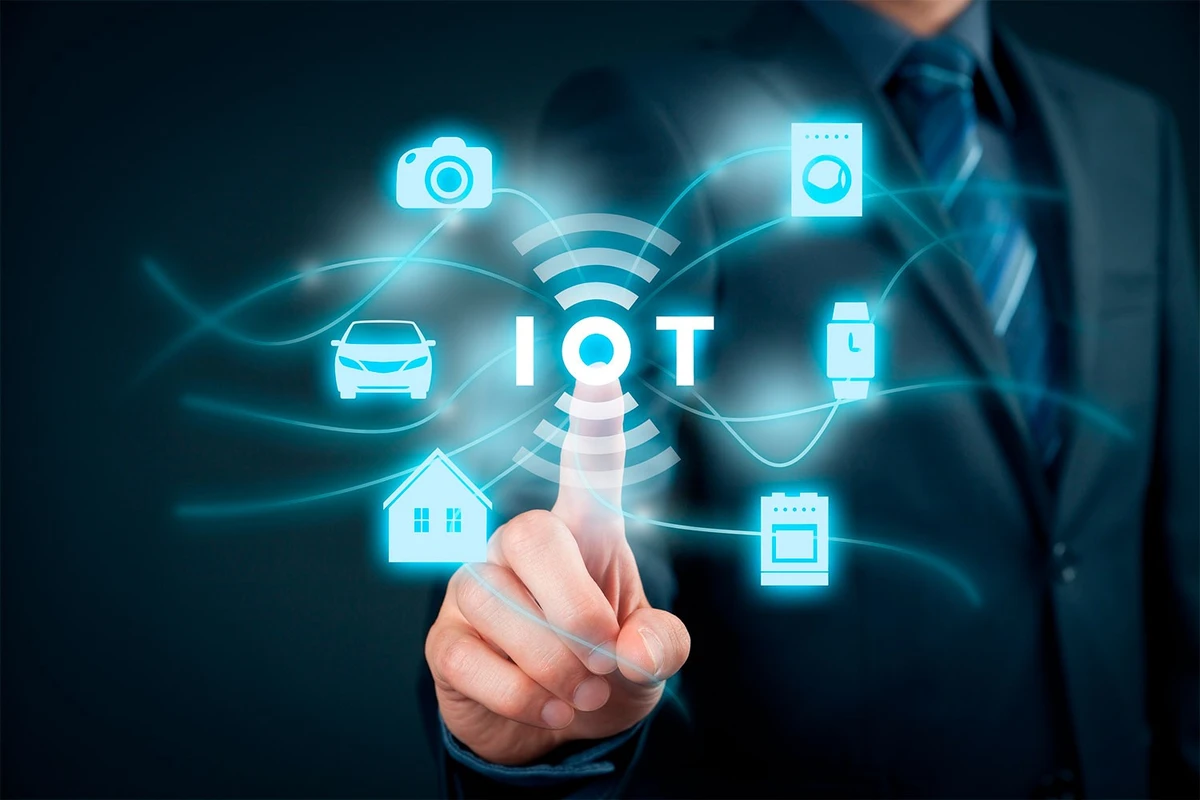The Internet of Things (IoT) is a revolutionary technology that has transformed the way devices interact and exchange data. IoT application development involves creating software that enables devices to communicate with each other and with users over the internet. This blog explores various aspects of IoT application development, including its components, features, development steps, tools, and cost estimation, providing a comprehensive understanding of this rapidly evolving field.
IoT App Development
IoT application development focuses on creating software that enables devices to collect, analyze, and act on data. These applications leverage sensors, actuators, and connectivity modules to gather data from the environment and use it to improve efficiency, productivity, and user experience.
IoT system comprises four main components
- Sensors and Actuators: Sensors collect data from the environment, such as temperature, humidity, or motion, while actuators perform actions based on this data, such as adjusting a thermostat or turning on a fan.
- Connectivity: This component enables devices to connect to the internet or to each other. It includes protocols like Wi-Fi, Bluetooth, Zigbee, and cellular networks.
- Data Processing: Once data is collected, it needs to be processed to extract meaningful insights. This component includes algorithms and analytics tools.
- User Interface: The user interface allows users to interact with the IoT system. It can be a mobile app, a web dashboard, or a voice-controlled interface.
What are the Significant Features of an IoT Application?
- Real-time Data Monitoring: IoT applications should provide real-time monitoring of data from connected devices.
- Remote Control: Users should be able to control connected devices remotely through the application.
- Data Security: IoT applications should implement strong security measures to protect data from unauthorized access.
- Scalability: The application should be able to scale to accommodate a growing number of connected devices.
- Compatibility: The application should be compatible with a wide range of devices and operating systems.
IoT applications find applications in various industries
- Smart Homes: IoT devices can be used to automate home appliances and enhance security.
- Healthcare: IoT devices can monitor patients' health remotely and alert healthcare providers in case of emergencies.
- Industrial IoT: IoT applications can optimize industrial processes, improve efficiency, and reduce downtime.
- Smart Cities: IoT technology can be used to monitor and manage city infrastructure, such as transportation and utilities.
Perks of IoT App Development
- Improved Efficiency: IoT applications can automate tasks, reduce errors, and improve overall efficiency.
- Enhanced User Experience: IoT applications can provide personalized experiences and greater convenience to users.
- Cost Savings: IoT applications can help businesses save costs by optimizing processes and reducing waste.
How to Develop IoT Applications in 5 Simple Steps?
- Define the Use Case: Identify the problem you want to solve with the IoT application.
- Select the Right Hardware: Choose the hardware components, such as sensors and actuators, based on your requirements.
- Develop the Software: Develop the software that will run on the devices and the cloud.
- Integrate and Test: Integrate the hardware and software components and thoroughly test the system.
- Deploy and Maintain: Deploy the IoT application and continuously monitor and maintain it to ensure its smooth operation.
What are the Best Tools for IoT Application Development?
- Arduino: Arduino is a popular platform for building IoT prototypes due to its simplicity and versatility.
- Raspberry Pi: Raspberry Pi is a low-cost, credit card-sized computer that can be used as a controller for IoT devices.
- AWS IoT: Amazon Web Services (AWS) provides a suite of tools for developing and managing IoT applications in the cloud.
- Google Cloud IoT: Google Cloud IoT offers a range of services for building, deploying, and managing IoT applications.
Cost to Develop IoT Applications
The cost of developing an IoT application depends on various factors, including the complexity of the application, the number of devices, the hardware components, and the development tools. On average, the cost can range from a few thousand dollars to several hundred thousand dollars.
Conclusion
IoT application development is a complex but rewarding process that can transform industries and improve the way we live and work. By understanding its different aspects and following best practices, developers can create innovative solutions that make the world a smarter, more connected place.
Are you ready to take advantage of IoT application development for your business? Contact us today to discuss your project and see how we can help you leverage this exciting technology.

